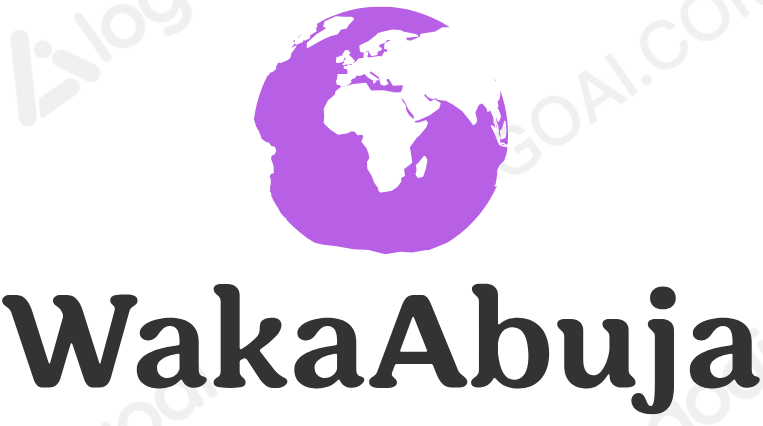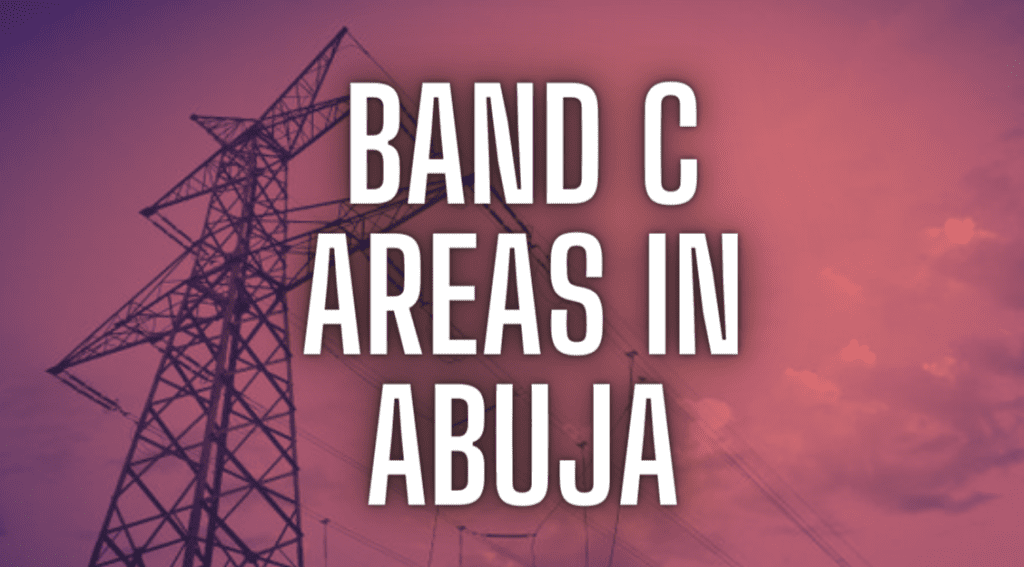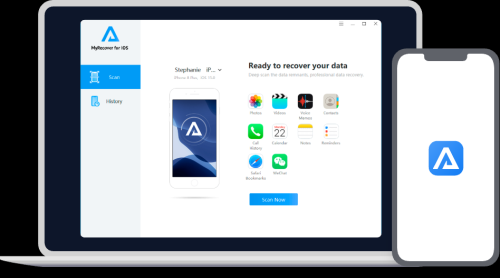When it comes to understanding the Abuja Electricity Distribution Company (AEDC) tariff bands, it can be difficult to navigate the intricate structure of electricity distribution in Abuja. If you’ve ever wondered what areas fall under Band C and how it affects you, this guide is for you. Here are some insights and practical tips that will help you navigate the Band C areas of Abuja with ease.
Key Takeaways
- AEDC Band C areas in Abuja offer moderate electricity supply at affordable rates.
- Residents must adapt to outages through alternative power sources like inverters and solar panels.
- Proactive community involvement can help improve service delivery.
Understanding AEDC and Tariff Bands
AEDC, responsible for electricity distribution in Abuja and neighboring states, categorizes areas into tariff bands (A-E). These bands determine electricity tariffs based on supply reliability and quality. Band C areas, in particular, represent neighborhoods with moderate electricity supply, typically receiving 12-16 hours daily.
If you’re a resident, a business owner, or planning a move to Abuja, knowing these classifications is vital to budgeting and understanding power availability. Let’s explore Band C areas in detail.
Band C Areas in Abuja
Here’s a comprehensive list of AEDC Band C areas within Abuja. Note that this list may evolve as AEDC updates its metrics or as infrastructure improves.
| Area Name | Supply Hours (Daily) | Tariff Rate (₦/kWh) | General Rating |
|---|---|---|---|
| Kubwa | 12-14 hours | ₦43.80 | ⭐⭐⭐⭐ (4/5) |
| Lugbe | 12-14 hours | ₦43.80 | ⭐⭐⭐⭐ (4/5) |
| Nyanya | 14-16 hours | ₦43.80 | ⭐⭐⭐ (3.5/5) |
| Gwagwalada | 12-15 hours | ₦43.80 | ⭐⭐⭐ (3/5) |
| Karu | 13-15 hours | ₦43.80 | ⭐⭐⭐⭐ (4/5) |
| Bwari | 12-13 hours | ₦43.80 | ⭐⭐⭐ (3.5/5) |
| Area | Feeder | Band | Load (MW) |
|---|---|---|---|
| Kontagora | KONTAGORA_KONTAGORA_KONTAGORA_GOJE | C | 216 |
| Kontagora | KONTAGORA_TOWN_PL_PL | C | 155 |
| Kubwa | AT4_BWARI FDR_K3_FD2 | C | 85 |
| Kubwa | AT4_BWARI FDR_K3_FD3 | C | 92 |
| Kubwa | AT4_KUBWA FDR_K2_FD1 | C | 94 |
| Kubwa | AT4_KUBWA FDR_K2_FD2 | C | 124 |
| Kubwa | AT4_KUBWA FDR_K2_FD3 | C | 145 |
| Kubwa | AT4_KUBWA FDR_K2_FD4 | C | 112 |
| Kubwa | AT4_NIPP FDR_NIPP_FDN1 | C | 119 |
| Kubwa | AT4_NIPP FDR_NIPP_FDN2 | C | 165 |
| Kubwa | AT6_JIWA FDR_JIWA_FD1 DEI DEI SABURI | C | 98 |
| Kubwa | AT9_K4_A23_FD2 | C | 91 |
| Kuje | AT3_H21_PL_PL | C | 85 |
| Lafia | AT7_FDR 2 (LAFIA)_PL_PL | C | 139 |
| Life Camp | AT6_JIWA FDR_JIWA_FD1 DEI DEI SABURI | C | 221 |
| Life Camp | AT6_JIWA FDR_JIWA_FD3 GWAGWA | C | 107 |
| Lokogoma | AT3_H21_PL_PL | C | 85 |
| Lugbe | AT3_H21_E2_FD2 | C | 99 |
| Lugbe | AT3_H21_E2_FD22 | C | 169 |
| Lugbe | AT3_H21_E2_FD5 | C | 140 |
| Lugbe | AT3_H21_PL_PL | C | 195 |
| Maitama | AT3_H21_PL_PL | C | 652 |
| Maitama | AT4_KUBWA FDR_K2_FD1 | C | 585 |
| Mararaba | AT9_K1_A22_FD1 | C | 78 |
| Mararaba | AT9_K1_A22_FD2 | C | 52 |
| Mararaba | AT9_K1_A22_FD4 | C | 70 |
| Masaka | AT3_H21_PL_PL | C | 85 |
| Minna | BIDA_T4_BIDA_GRA FDR | C | 178 |
| Zuma | AT4_KUBWA FDR_K2_FD1 | C | 85 |
| Zuma | AT4_NIPP FDR_NIPP_FDN1 | C | 313 |
| Zuma | AT6_JERE FDR_PL_PL | C | 105 |
| Zuma | AT6_JIWA FDR_JIWA_FD1 DEI-DEI SABURI | C | 492 |
| Zuma | AT6_JIWA FDR_JIWA_FD2 JIWA | C | 132 |
Anecdote: My Experience with Band C in Lugbe
“I moved to Lugbe two years ago with hopes of stable electricity to run my remote business. While I anticipated challenges, the 12-14 hours of daily supply turned out to be fairly consistent. I learned to work around the outages with a good inverter system and solar backup. Lugbe’s affordability and close proximity to the city center made the trade-off worthwhile.”
Features of Band C Areas
- Moderate Electricity Reliability
Residents receive an average of 12-16 hours of electricity daily. While this is a step up from Band D and E, it’s far from the 20+ hours enjoyed by Band A areas. - Affordable Tariffs
At ₦43.80/kWh, Band C offers reasonable rates compared to higher-tier bands. It’s a sweet spot for budget-conscious individuals balancing electricity reliability with cost. - Population and Accessibility
Band C areas are typically densely populated, offering a mix of residential and commercial hubs. They are often well-connected to Abuja’s major roads. - Challenges
- Unpredictable load shedding schedules.
- Limited availability of AEDC service centers.
- High dependency on alternative power sources during outages.
Pros and Cons of Living in Band C Areas
| Pros | Cons |
|---|---|
| Affordable electricity rates | Inconsistent power supply |
| Moderate access to city centers | Occasional billing inaccuracies |
| Densely populated, fostering community | Dependence on backup power solutions |
| Reasonable hours of electricity daily | Lower priority for infrastructure upgrades |
Top Tips for Managing Electricity in Band C Areas
- Invest in Alternative Power
A reliable inverter or solar panel system can make life easier, especially during peak demand periods. - Monitor Your Energy Usage
Use prepaid meters to keep track of electricity consumption and avoid surprises on your bill. - Stay Updated with AEDC Announcements
AEDC frequently updates its customers on outages or maintenance schedules. Follow their social media channels for real-time updates. - Leverage Community Advocacy
Many Band C neighborhoods have resident associations that liaise with AEDC to address grievances collectively.
Personal Insight: Living in Nyanya
“During my stay in Nyanya, I noticed the electricity supply was fairly regular in the evenings, making it a decent choice for families. However, daytime outages taught me to embrace Abuja’s sunny climate by installing solar panels, which paid off in the long run.”
Frequently Asked Questions
1. What is AEDC Band C, and how is it determined?
AEDC Band C areas receive 12-16 hours of electricity daily. Classification depends on supply reliability, infrastructure, and neighborhood demand.
2. How can I confirm my area’s tariff band?
You can check AEDC’s official website or visit a service center to verify your area’s classification.
3. Why do Band C areas experience outages?
Power outages may occur due to load shedding, infrastructure issues, or maintenance schedules.
4. Is it worth investing in solar energy in Band C areas?
Yes, solar systems provide backup during outages and reduce long-term electricity costs.
5. Are Band C tariffs cheaper than Band A?
Yes, Band C tariffs are lower than Band A, making them more affordable for middle-income households.
Final Thoughts
Living in an AEDC Band C area in Abuja offers a blend of affordability and moderate reliability. While not perfect, these areas are a practical choice for residents seeking balance. By staying informed and investing in alternative energy solutions, you can thrive in these neighborhoods.
For more information about AEDC tariffs and updates, visit the AEDC official website. If you’re moving to Abuja, check out my detailed guide on settling into the city and making the most of its diverse neighborhoods.




